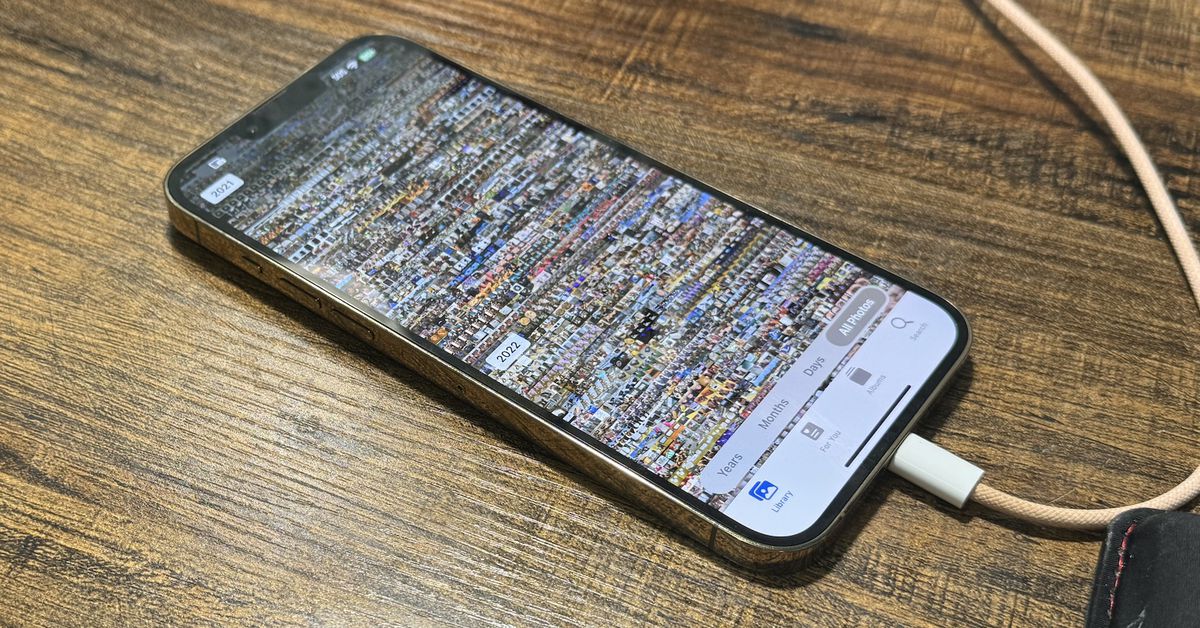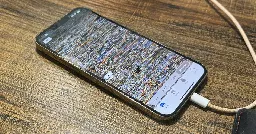iPhone owners say the latest iOS update is resurfacing deleted nudes
iPhone owners say the latest iOS update is resurfacing deleted nudes

www.theverge.com
iPhone owners say the latest iOS update is resurfacing deleted nudes

cross-posted from: https://sopuli.xyz/post/12670977
iPhone owners say the latest iOS update is resurfacing deleted nudes


